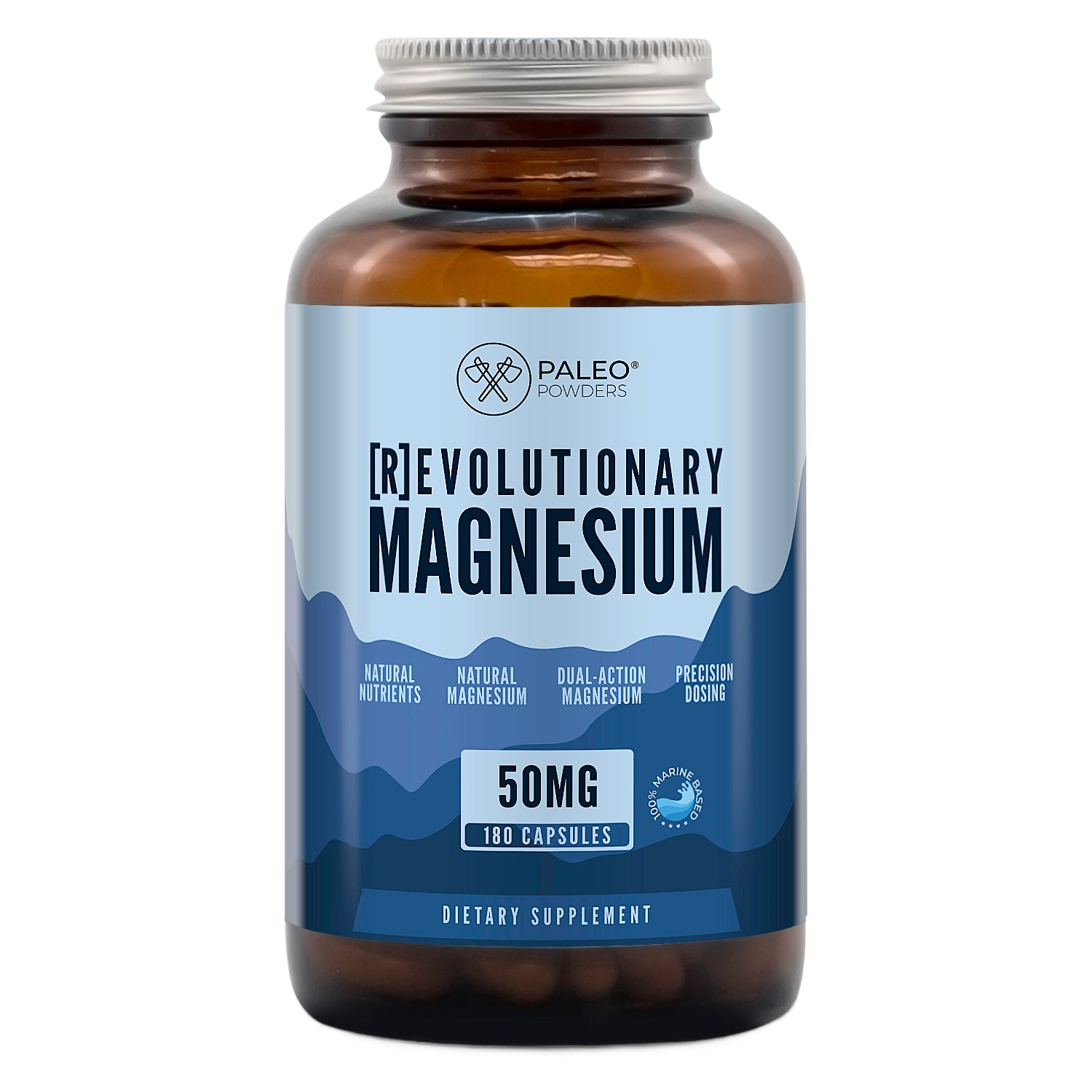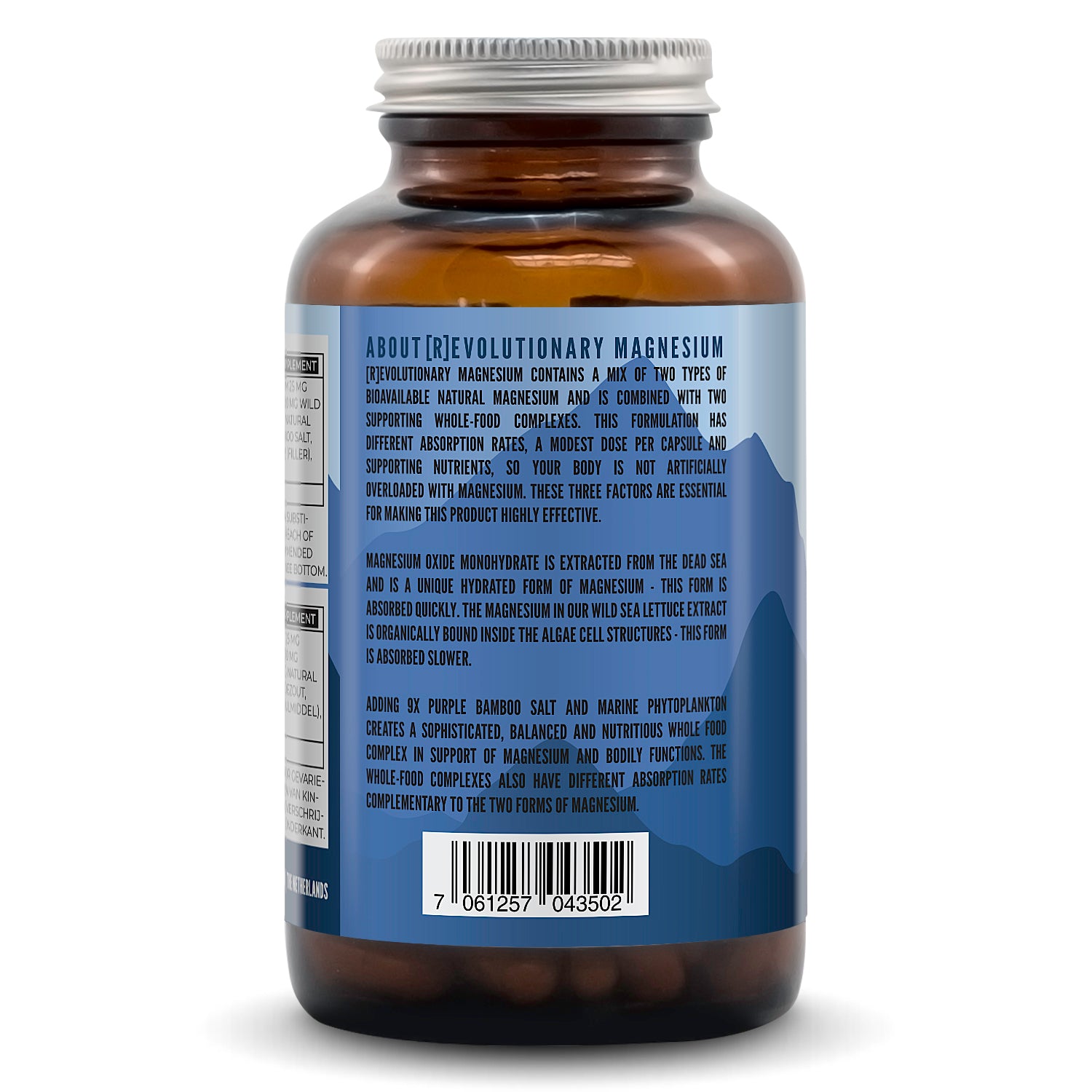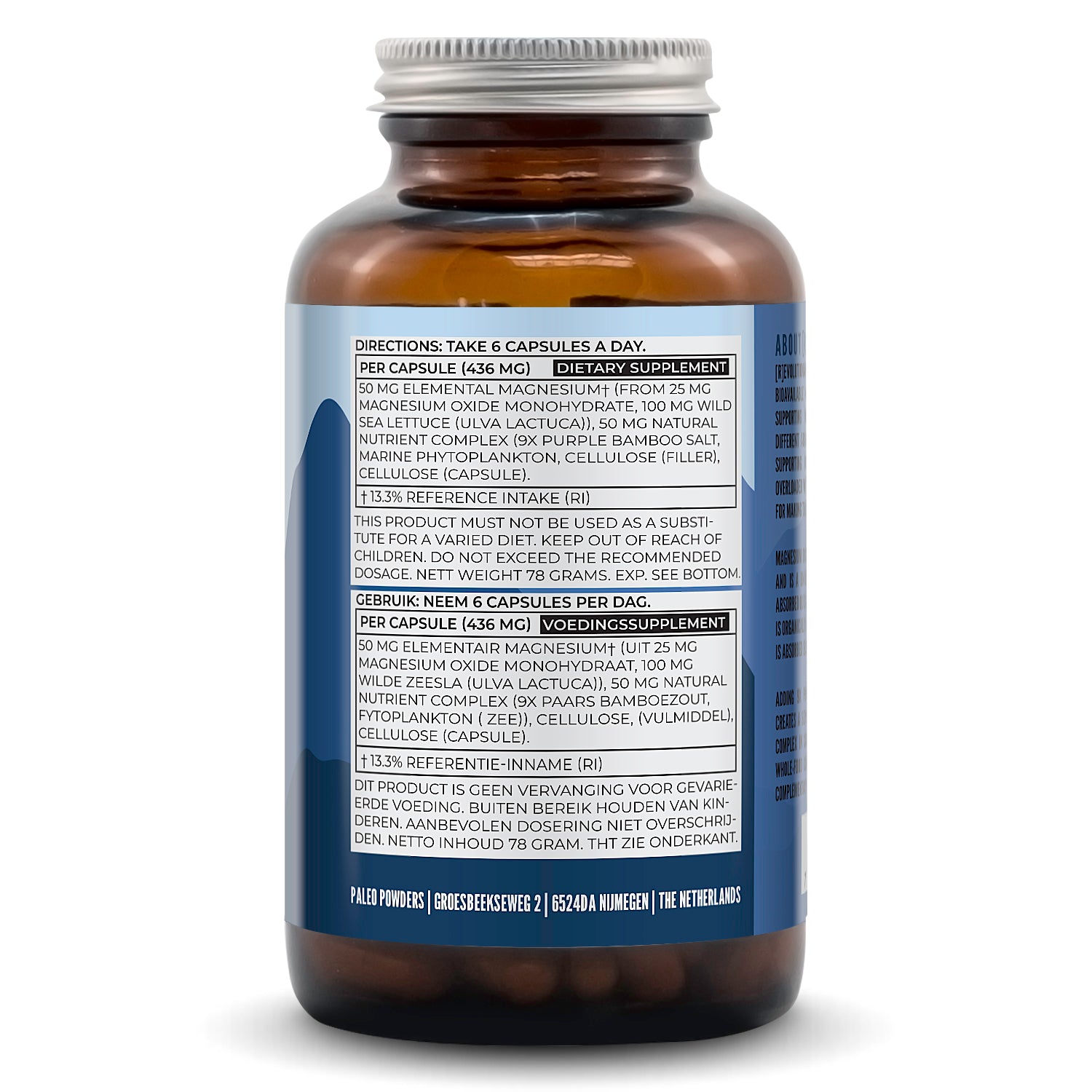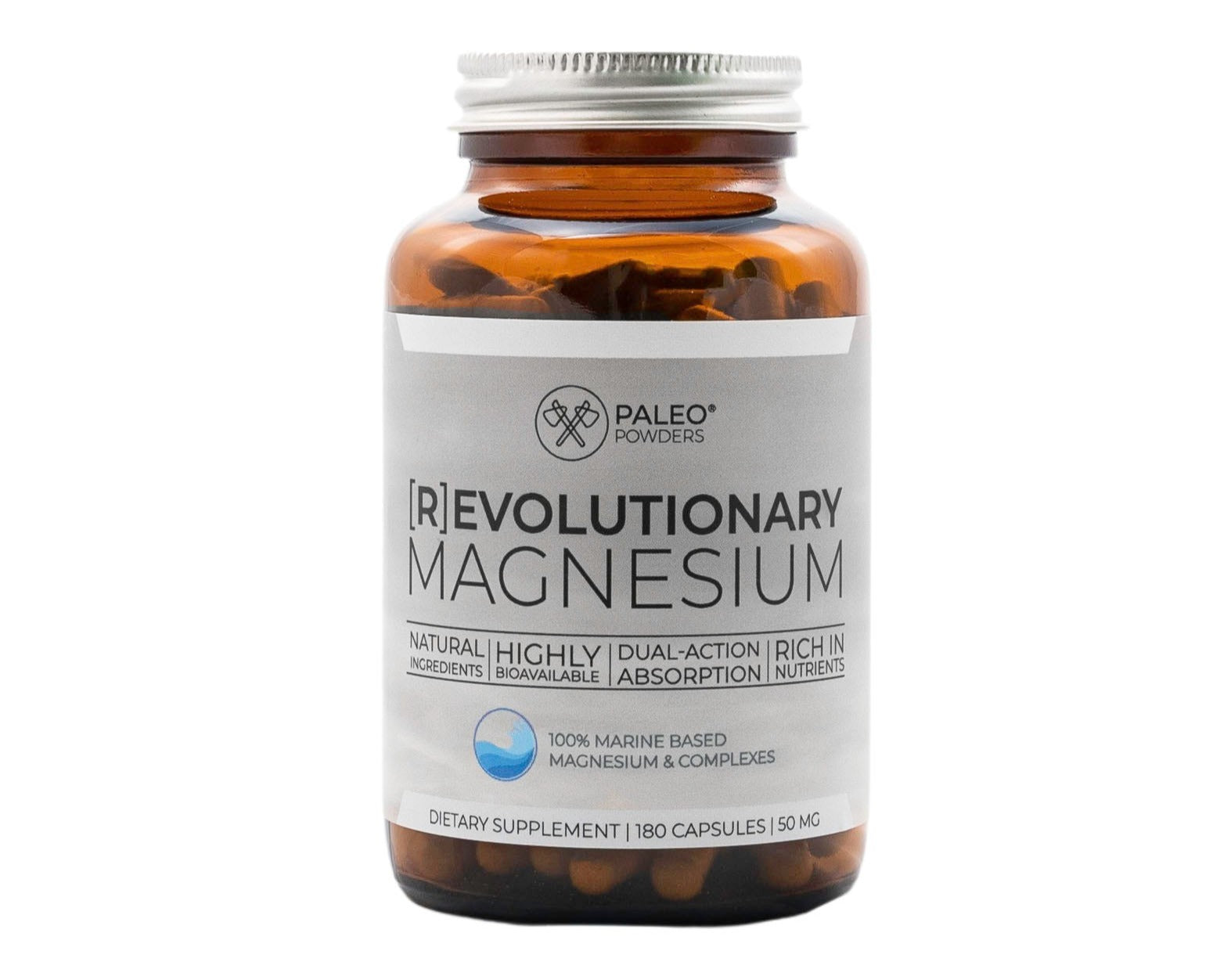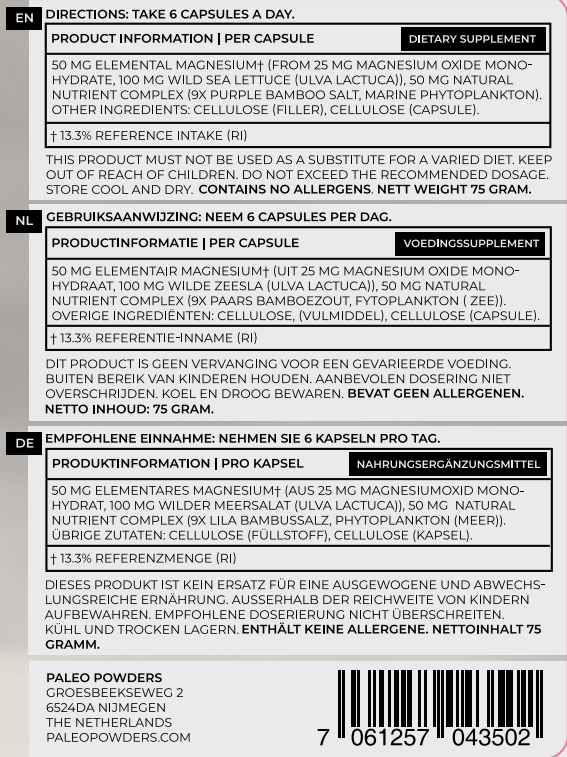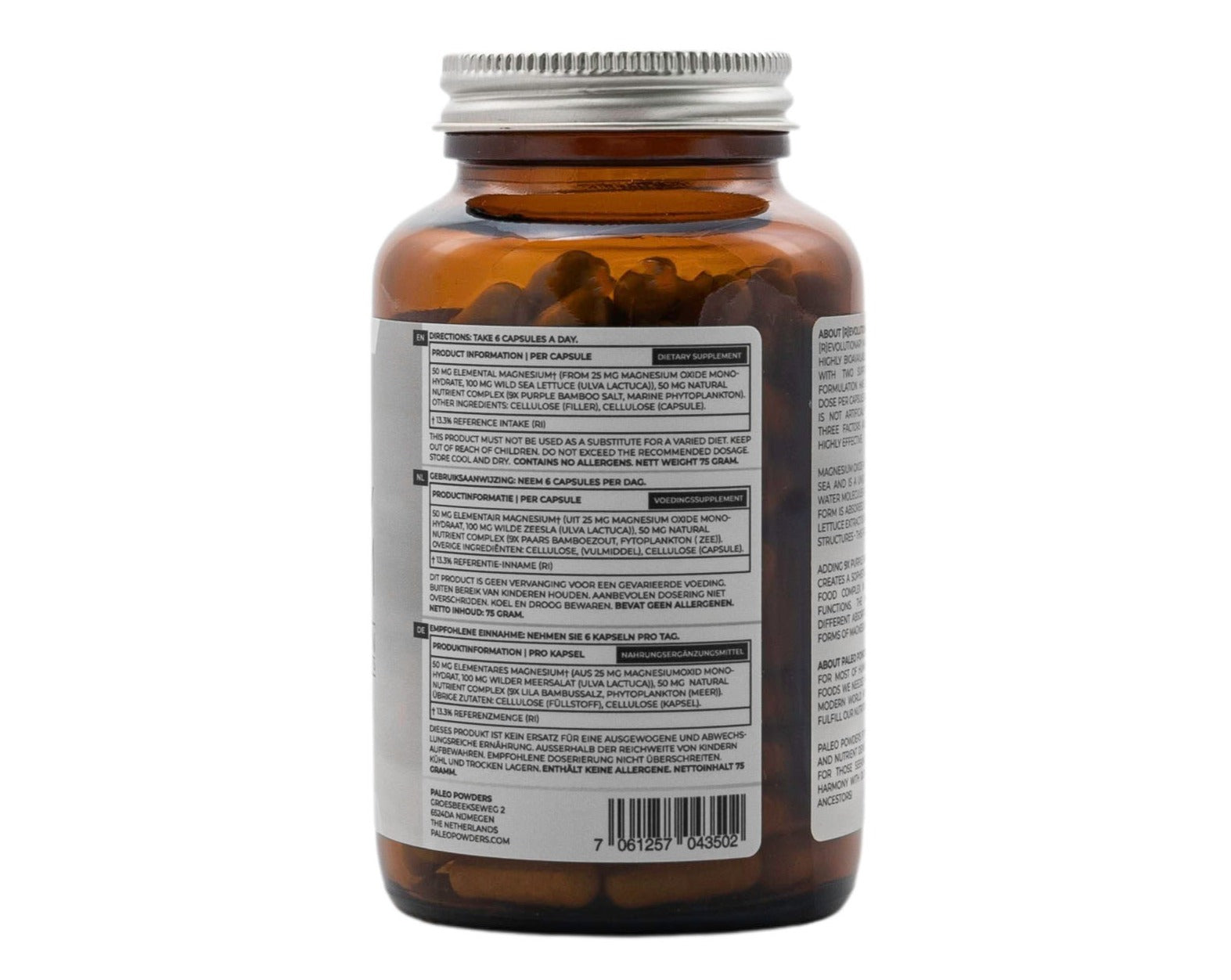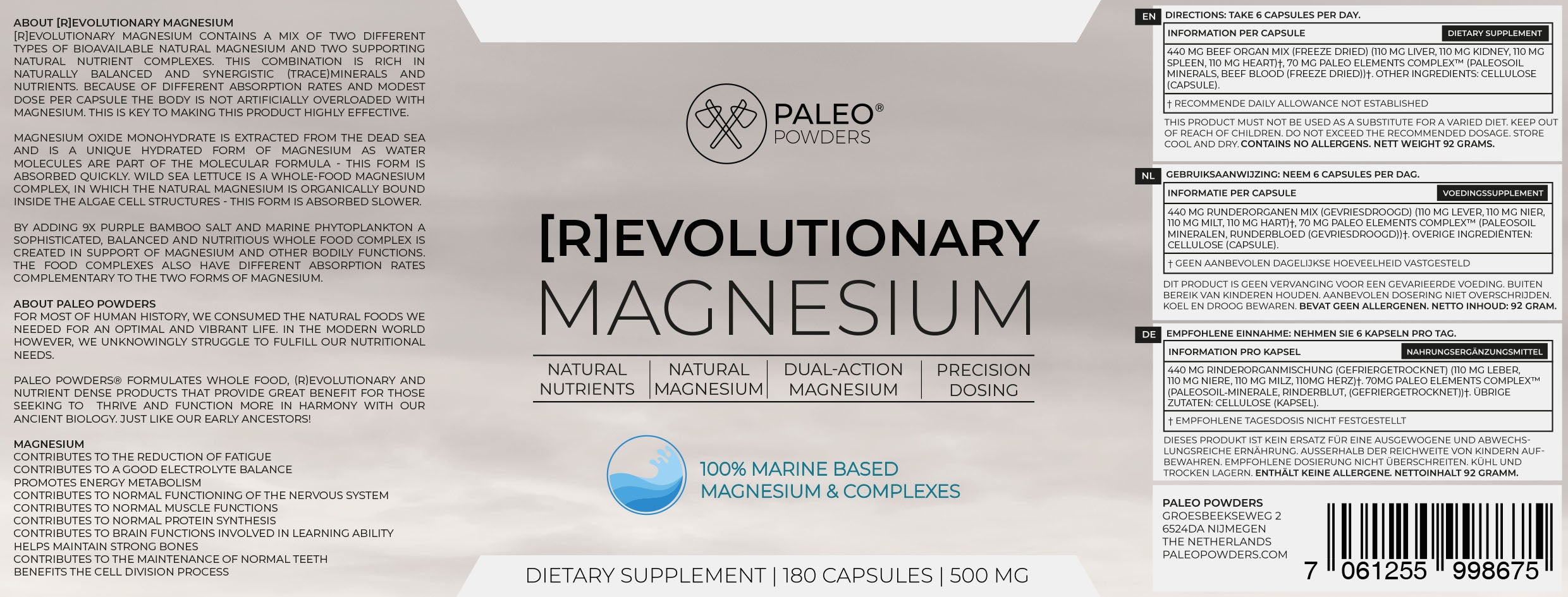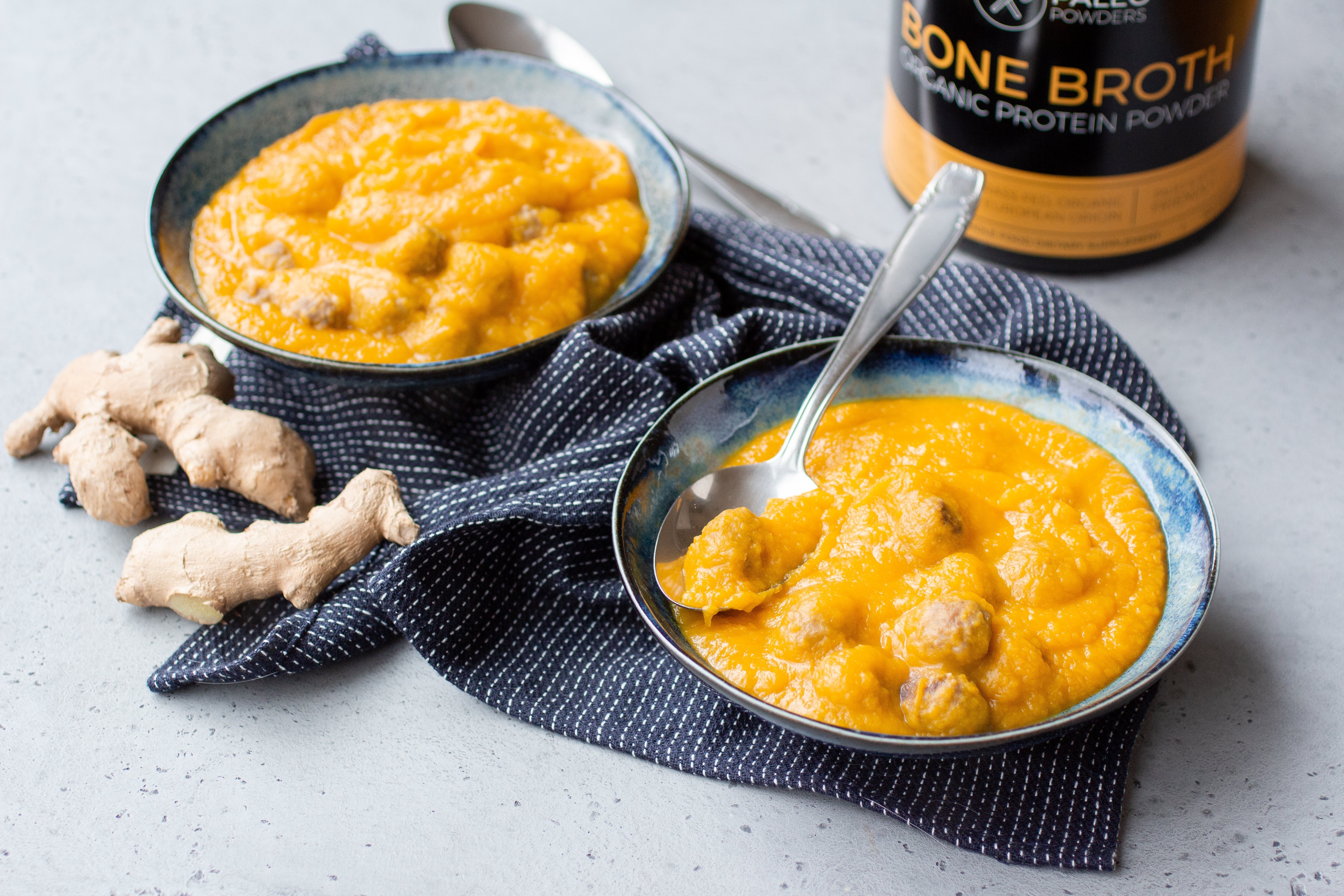Article: Paleo: for contemporary hunter-gatherers
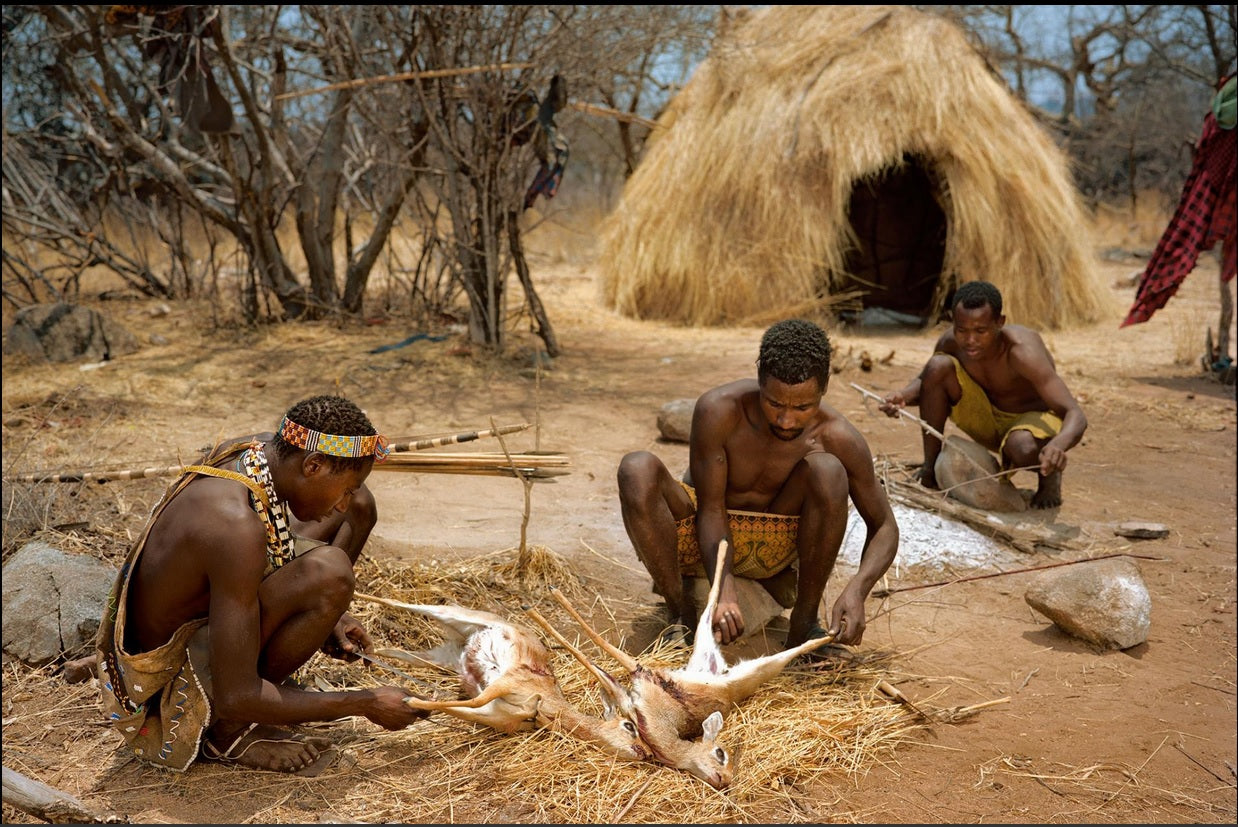
Paleo: for contemporary hunter-gatherers
By Marinka Bil, certified Mind Body Eating coach
You've probably heard of Paleo. the popular caveman lifestyle. However, it raises quite a few questions and we completely understand why Paleo can be a bit confusing. After all, do we know exactly what cavemen ate, and are those foods still available?
The truth is... We know quite a lot. However, most of the foods that the cavemen ate are no longer available and our lives no longer consist of hunting and gathering food. The nose-to-tail concept is an unknown concept for many people. If we even have time to prepare meals. However, we still think Paleo is a really good idea and we're giving you the tools you need to make eating Paleo easy. Even if you're busy and often eat on the go, Paleo Powders will help you.
Let me explain.
The best thing about Paleo is that it is not a diet. It may sound like it, many people would like you to believe it is so, but it is not. It's just a way of eating, a way of life. The good thing about eating one way is that it's sustainable – meaning you don't have to be super strict, punish yourself for going 'off-plan' or whatever you would do with a regular diet.
Paleo is doable! It's fun. It's pleasant and... it might make you feel so much better!
The Paleo lifestyle is based on the diet of, yes, cavemen. No one is 100% sure of what the cavemen ate, but archaeological research gives us a pretty good idea of how they ate. Cavemen are hunter-gatherers, from before the agricultural revolution. Early humans hunted for animal flesh (mammals, fish, birds and their eggs) and gathered fruits, vegetables and nuts. Starchy tubers, greens and berries for example. 
What didn't these hunter-gatherers eat? Large amounts of grains, legumes and dairy products. And most importantly: they did not eat processed foods with lots of industrial oils, fats and sugars. Their food came from the land where they lived. It is not made in a factory. Paleo is a fairly simple way of eating. After all, it consists of vegetables (in all colors!), fruit, nuts, eggs, fish and meat.
This allows you to make endless combinations in the kitchen, so you never get bored. Think of all the great vegetable dishes you make, whether hearty stews, soups, salads, and more.
In general, the Paleo way of eating tends to be more filling due to the higher amount of protein and healthy fats, and it delivers more nutrients and fiber to the body due to the high amounts of fruits and vegetables. At the same time, you consume less sugar and processed food, making you less dependent on carbohydrates (sugar) for energy. By lowering the amount of sugar you eat, you teach your body to burn fats for fuel — i.e., keep you going all day without crashing and needing snacks.
The fact that you need a meal or snack less often is a good thing because the digestive system needs bigger breaks between meals than many people give it. When you eat a meal, the pancreas secretes insulin to regulate blood glucose levels. When blood glucose is too high, it is 'toxic' to the body; if it is too low you will feel weak. That is why it is important that blood glucose levels remain stable, even when you eat a meal. Insulin makes that happen.
However, every time you eat and activate the pancreas, it needs time to recover. When you eat a meal and then a snack every hour to maintain your energy levels, your pancreas cannot recover at all. This causes long-term damage.
The advantage of a Paleo way of eating is that you don't have to be super disciplined to eat less often. Because the meals are more filling, they keep you energetic for a longer period of time (by burning fat as a more sustainable energy source). You won't reach for snacks as often as before.
Another aspect we like about Paleo is the nose-to-tail concept it implements. Yes, we recognize the terrible ways in which animals are treated and do not recommend that you eat any more meat. However, we recommend that when you eat animal products, you eat more parts of that animal. Parts that would otherwise have been thrown away, but are very nutritious (and delicious).
Bones, joints, organs and skin, for example. Not something you would quickly think of eating, but they do contain vital nutrients for the human body. Bones and joints are rich in minerals, amino acids and collagen, just like the skin.
However, most people are not very enthusiastic about preparing these nutritious animal parts. Let alone that they have the time for that. That's where Paleo Powders come in handy. These make eating these animal parts easy and accessible. Bone broth protein and collagen powders can easily be added to smoothies, drinks, purees or soups to make them more nutritious. You can even take some with you to enhance your favorite coffee or tea on the go.
Paleo is not meant to pull you out of society and back into the kitchen for days on end. It aims to make your modern life more sustainable and healthy and strengthen your connection with this beautiful planet we live on.
Marinka Bil
Magnesium - 100% Natural - 180 capsules





